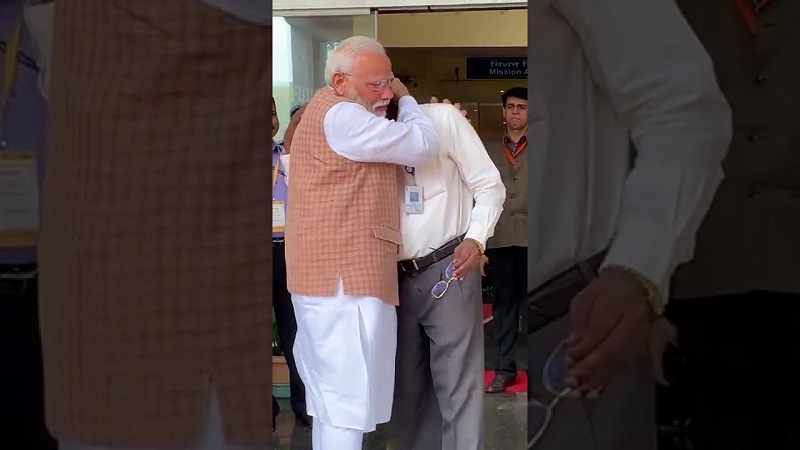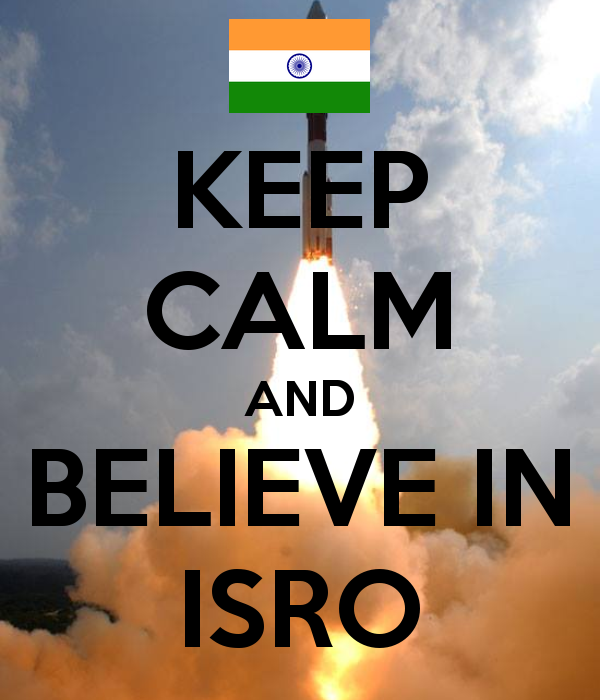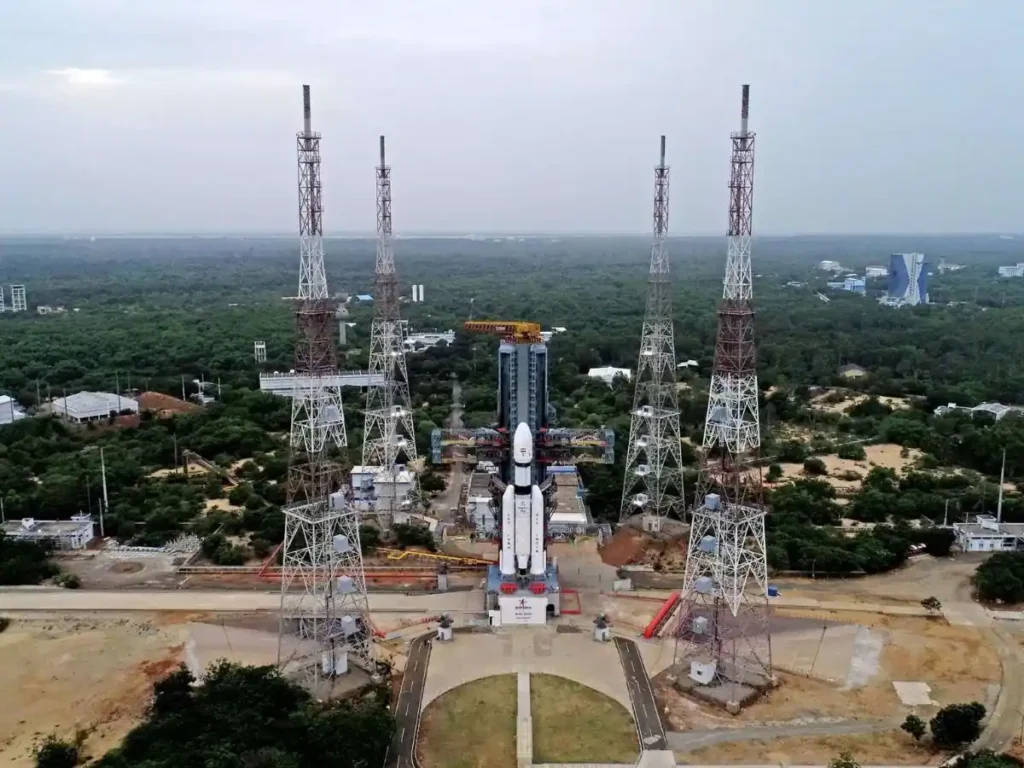The Indian Space Research Organisation (ISRO) has recently made an exciting announcement regarding Chandrayaan 3, India’s ambitious lunar exploration mission. After the successful Chandrayaan 2 mission, which captured the attention of the world, the Indian space agency is gearing up for another groundbreaking launch. In this article, we will explore the details of Chandrayaan 3, its objectives, and the eagerly awaited launch date.
Introduction
Chandrayaan 3 launch date : JULY 14
Four years after it broke many hearts, ISRO’s Chandrayaan is all set to soar towards the moon in its third expedition on Friday in an attempt to put the country in an elite club of nations that accomplished lunar missions with a soft landing. ‘Fat boy’ LVM3-M4 rocket will carry Chandrayaan-3 as part of the country’s ambitious moon mission as the Indian Space Research Organisation is gearing up for the hugely anticipated launch from this spaceport on July 14. The soft landing on the moon’s surface is planned for late August.
The Success of Chandrayaan 2
Before diving into the details of Chandrayaan 3, it’s important to acknowledge the achievements of Chandrayaan 2. Launched in July 2019, Chandrayaan 2 consisted of an orbiter, a lander named Vikram, and a rover called Pragyan. Although the lander did not achieve a soft landing as intended, the mission was still considered a remarkable feat, as the orbiter continues to orbit the Moon and provide valuable scientific data.
Images of an emotional then ISRO chief K Sivan being consoled by Prime Minister Narendra Modi who was here to achieve the rare feat, remains vivid in the memory of many. Scientists at the Satish Dhawan Space Centre here, after investing many hours of hardwork, now aim at mastering the technology of soft-landing on the surface of the moon. A success would make India only the fourth country to achieve the feat after the United States, China and the former Soviet Union

Chandrayaan 3: Objectives and Upgrades
Chandrayaan 3 aims to build upon the scientific advancements and lessons learned from Chandrayaan 2. The primary objective of this mission is to successfully land a rover on the lunar surface and conduct in-depth research and analysis. The rover will be equipped with advanced instruments to study the Moon’s geology, atmosphere, and search for signs of water and potential resources.
To address the challenges faced during the Chandrayaan 2 mission, ISRO has incorporated several upgrades in Chandrayaan 3. These enhancements include improved landing systems, robust communication systems, and refined navigation capabilities. The lessons learned from the previous mission have been carefully analyzed and applied to ensure a higher chance of success this time

Collaborative Efforts
ISRO recognizes the importance of international collaboration in space exploration. Chandrayaan 3 will witness active participation from various international space agencies and scientific organizations. Collaborative efforts not only allow for the sharing of resources and expertise but also foster a sense of global unity in the pursuit of scientific knowledge.

The Significance of Chandrayaan 3
Chandrayaan 3 holds immense significance for India’s space program and the global scientific community. By successfully landing a rover on the lunar surface, India will join a select group of nations that have achieved this feat. The data and insights gathered by Chandrayaan 3 will contribute to our understanding of the Moon’s origin, evolution, and its potential as a stepping stone for future human space exploration.
Conclusion
Chandrayaan 3 represents a significant milestone in India’s space exploration journey. With upgraded technology, international collaboration, and a renewed sense of determination, ISRO is all set to make history once again. The launch of Chandrayaan 3 will mark the next giant leap for India’s lunar exploration, paving the way for exciting scientific discoveries and inspiring generations to come.




1 thought on “Chandrayaan 3 Launch Date Revealed: The Next Giant Leap for India’s Lunar Exploration”